Traveling alone in Bolivia as a woman: essential tips and information
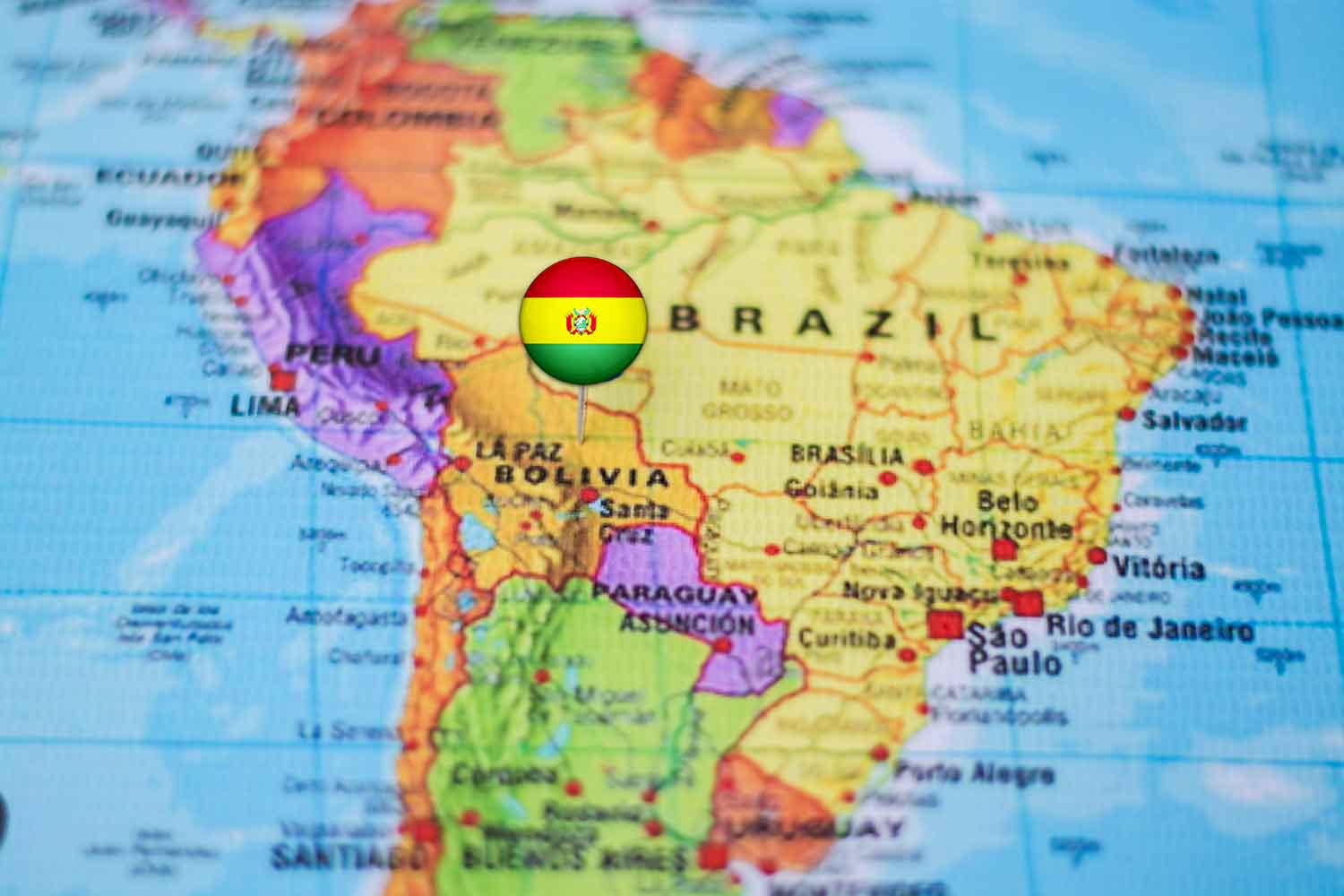
I was there, alone, facing the vastness of the Salar de Uyuni, when I realized that traveling alone in Bolivia was the best decision of my life. $5 for a night in a hotel, $2 for a delicious local meal, and breathtaking landscapes as far as the eye can see: this is the reality of Bolivian territory, it is the best-kept secret to travel solo in Latin America's as a female travelers.
Yet just a few months ago, the questions were paralyzing: the insecurity and danger of traveling solo in Bolivia as a tourist, my patchy Spanish, the health precautions in a tropical climate... Today, after crisscrossing Bolivia, I can tell you one thing for sure: those apparent challenges became the strength of my journey.
In this article, I'm sharing my experience and practical advice, from budget to transportation, accommodation, and health. You'll discover how to transform your apprehensions into assets for a unique adventure, where every journey becomes a story worth telling. Mastering the art of solo travel in one of Latin America's most fascinating territories is an unforgettable experience.
Why choose Bolivia for solo travel?
Bolivia: a true Latin American gem
I can tell you that this country is brimming with breathtaking natural wonders. From the surreal landscapes of the Salar de Uyuni to the snow-capped Andes, and through the dense Amazon rainforest, each region offers unique panoramas.
I was particularly struck by the diversity of climates, ranging from tropical to high-altitude, which allows for truly varied experiences.
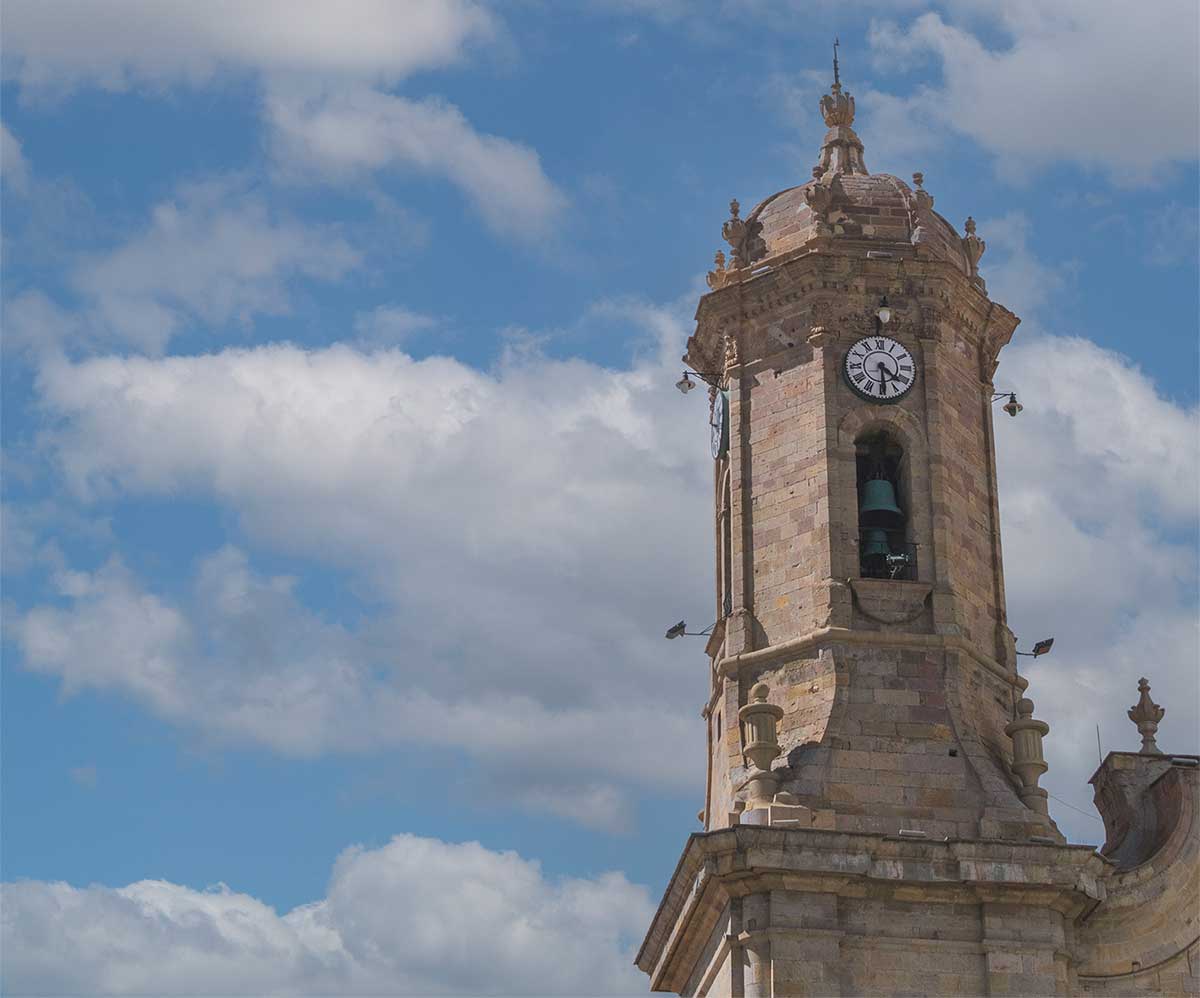
A destination still preserved from mass tourism
What I particularly appreciate about Bolivia is its preserved authenticity. Unlike some South American destinations, the country hasn't yet succumbed to mass tourism. I was able to experience unique moments in remote villages where inhabitants maintain their ancestral traditions.
Challenges and opportunities for a woman traveling alone
For example, avoiding traveling alone at night or keeping a watchful eye on belongings during trips. But these small constraints are far outweighed by the richness of encounters and experiences lived.
Is it safe to travel alone in Bolivia?
Traveling alone without stress
Safety is naturally a major concern when traveling alone. I can reassure you: with a few basic precautions, Bolivia is a perfectly safe destination. But even though it’s not considered one of the most dangerous countries in South America, it’s still important to adopt a few simple habits. As for me, I’ve developed them over the course of my travels, and they allowed me to explore the country with peace of mind.
To keep my belongings secure, I always carry a small padlock and a secure backpack, which are very useful. I also recommend always having a small first-aid kit with essential medications, as pharmacies can be scarce in some areas.
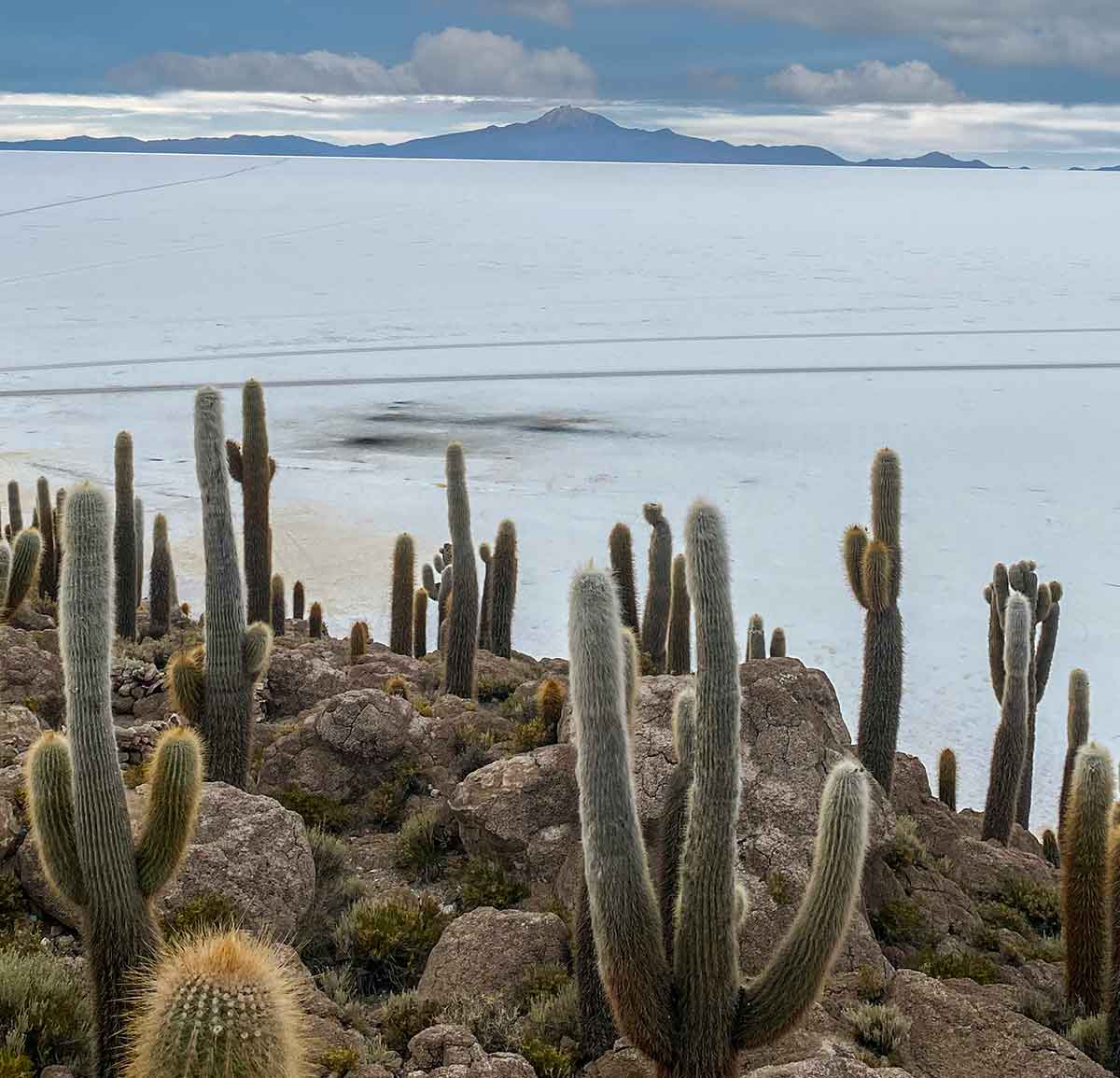
Areas to avoid and recommended places
Drawing from my experience in Bolivia, I can guide you to the safest areas and point out those to avoid. In large cities like La Paz, certain peripheral neighborhoods should be avoided at night. I always stick to well-lit tourist and residential areas, especially in the evening.
Transportation: moving around safely
Buses are the most common way to get around, but expect long and sometimes uncomfortable journeys. Companies like Todo Turismo are known for their comfort on long-distance routes.
I strongly recommend using recommended apps rather than hailing a taxi on the street, particularly at night. On public transport, I always keep my backpack on my lap or in front of me, and avoid traveling with valuable items.
Long-distance buses: how to choose your operator?
The train is an interesting alternative on certain routes, particularly between Oruro and Uyuni, offering more comfort on land routes.
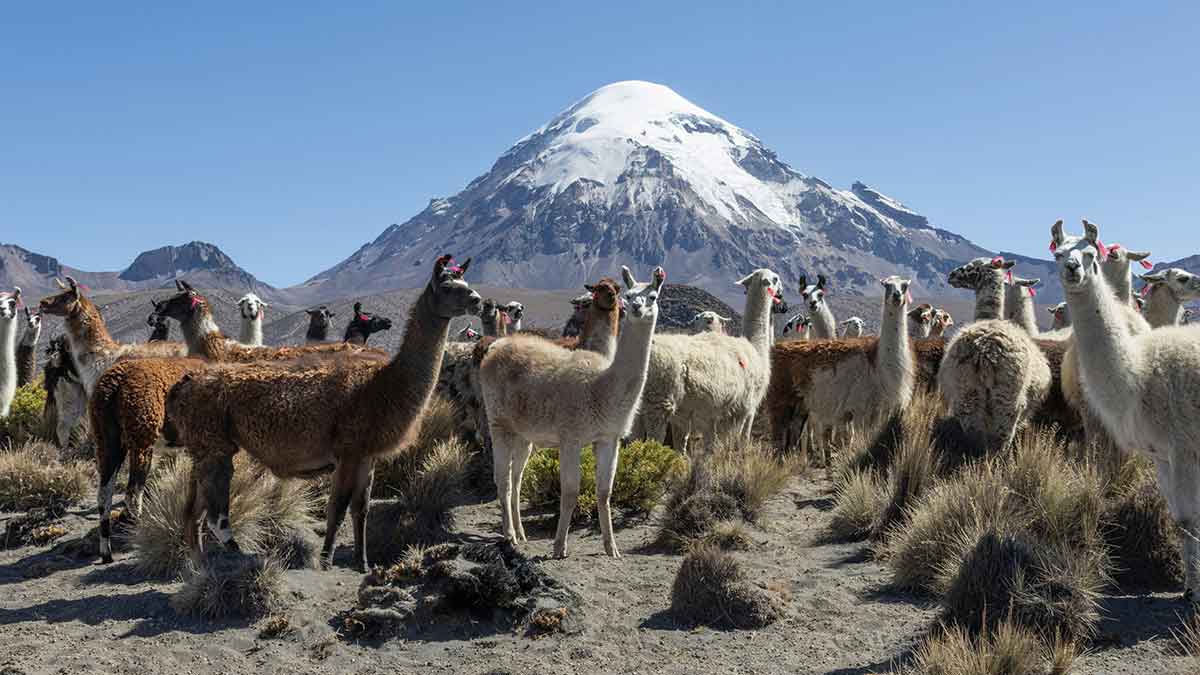
Preparing your trip: what formalities to enter Bolivia
How to prepare well for going to Bolivia?
To properly prepare for your journey in Bolivia, it's essential to start by consulting travel forums and travel blogs from those who have shared their experiences in this Andean country.
These testimonials provide a realistic view of the precautions to take, particularly regarding risks of assault in urban areas like La Paz or El Alto. Vaccination is also a crucial aspect of preparation. You should also discuss with your doctor about preventing altitude sickness, which can be very debilitating in this country located at an average altitude of over 3,500 meters.
Travelers' feedback emphasizes the importance of gradually acclimatizing to the altitude and bringing clothes suitable for significant temperature variations between day and night. Also join the NomadSister community: a great network where female travelers share their safe tips with other women.
Passport, visa, and essential documents
Don't hesitate to contact your embassy in Bolivia. I strongly recommend getting comprehensive travel insurance covering medical expenses and repatriation.
Vaccination and health vigilance for traveling in Bolivia
Remember to always have purification tablets or a filtering water bottle. Regarding food, be careful with street food and prefer restaurants where locals eat in numbers.
What is the cost of living in Bolivia?
Safe and friendly accommodation in Bolivia with the NomadSister platform
Couchsurfing and homestays: good or bad idea?
Hotels and ecolodges: options for more comfort
>>Discover Nomadsister<<
Hostels and guesthouses
Places to visit in Bolivia, the best spots for solo travel
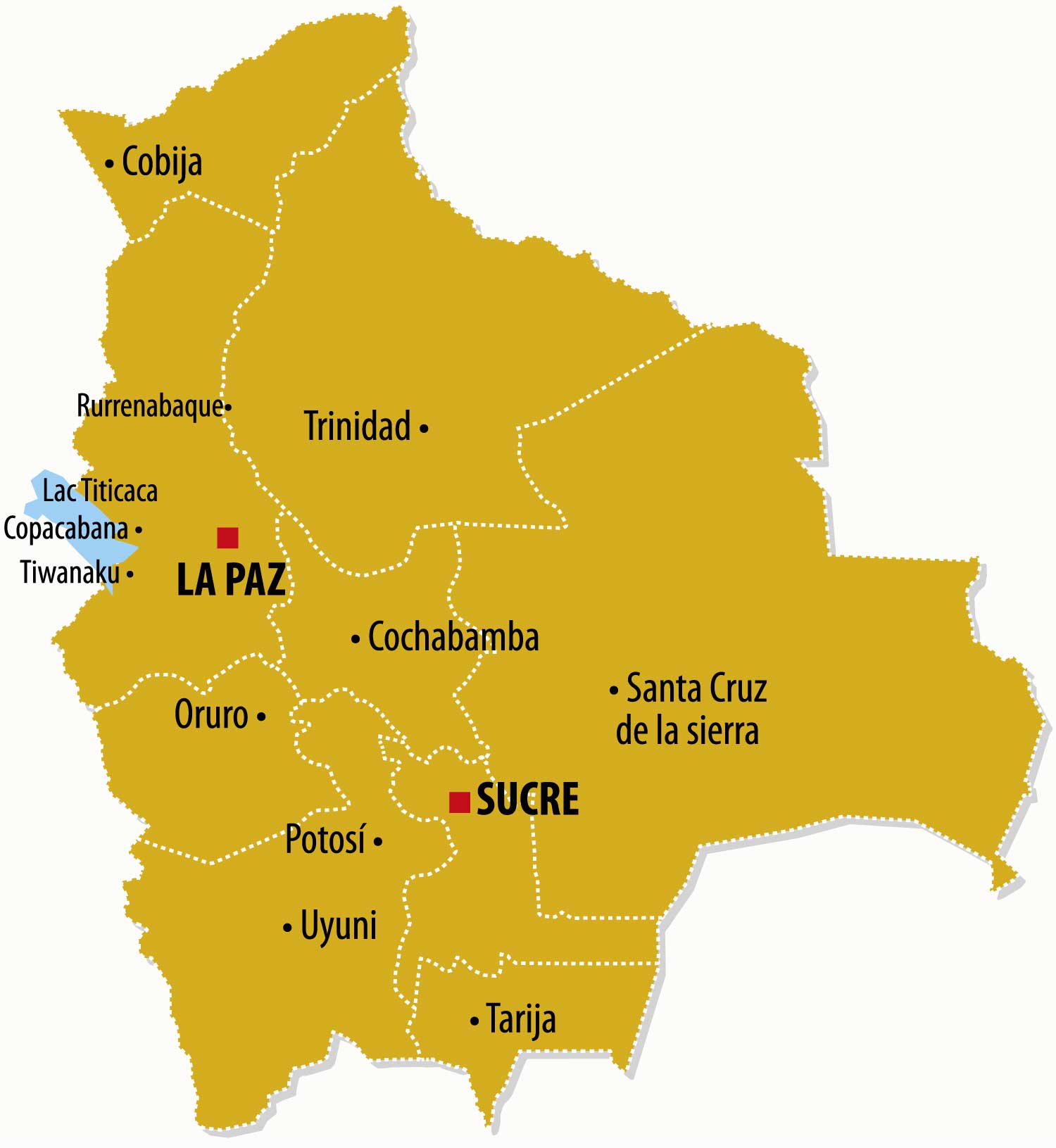
La Paz: between modernity and tradition
La Paz is a fascinating city that I loved exploring. Although it's not the official capital of Bolivia, it's the political and economic heart. Between its ultra-modern cable cars and traditional markets, it presents a striking contrast. The cable car offers breathtaking views of the city and its neighborhoods perched in the mountains.
I particularly recommend visiting the Mercado de las Brujas (Witches' Market), a unique place where local crafts meet mystical objects, and a stroll through the bohemian district of Sopocachi, perfect for enjoying its many cafés and restaurants.
What struck me the most? The Gate of the Sun, of course! I also felt tiny in front of the Akapana pyramid, a true masterpiece of geometric precision. Not to mention the monumental statues - when I learned that some weighed more than 10 tons, I could hardly believe it.
I was fortunate to visit the site's museum, and I really recommend planning at least a half-day to explore everything. My tip: take a local guide, it makes all the difference! I visited during the dry season, between April and October, and it was perfect.
Santa Cruz de la Sierra
Sucre and Potosí: diving into colonial history
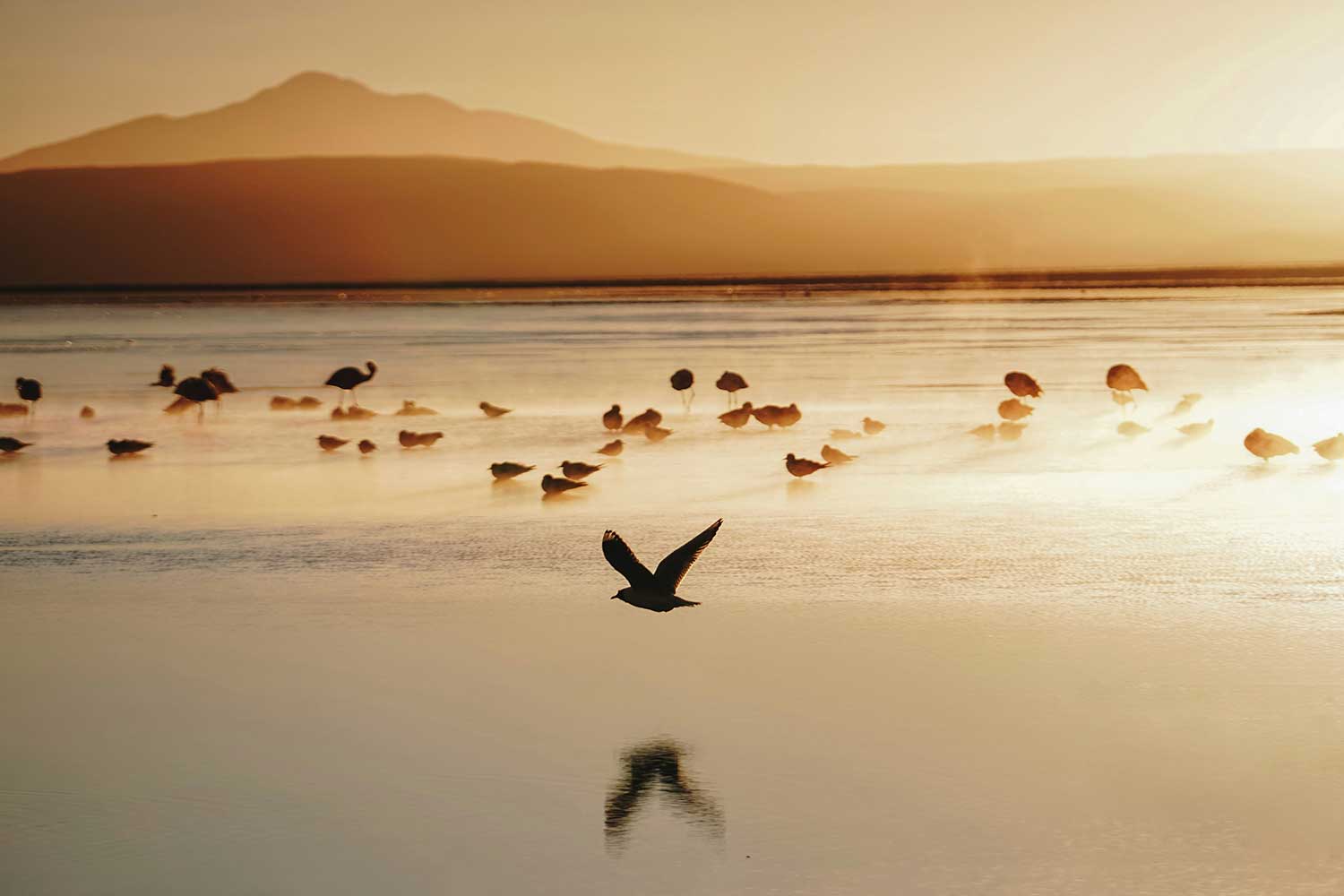
The Salar de Uyuni: Bolivia's salt desert
The Salar d'Uyuni remains one of my most beautiful memories of Bolivia. For this excursion, I recommend choosing a reputable agency or finding a guide directly on-site and traveling in small groups. I opted for a three-day tour that allows you to discover not only the salt desert but also the colored lagoons and surrounding geysers.
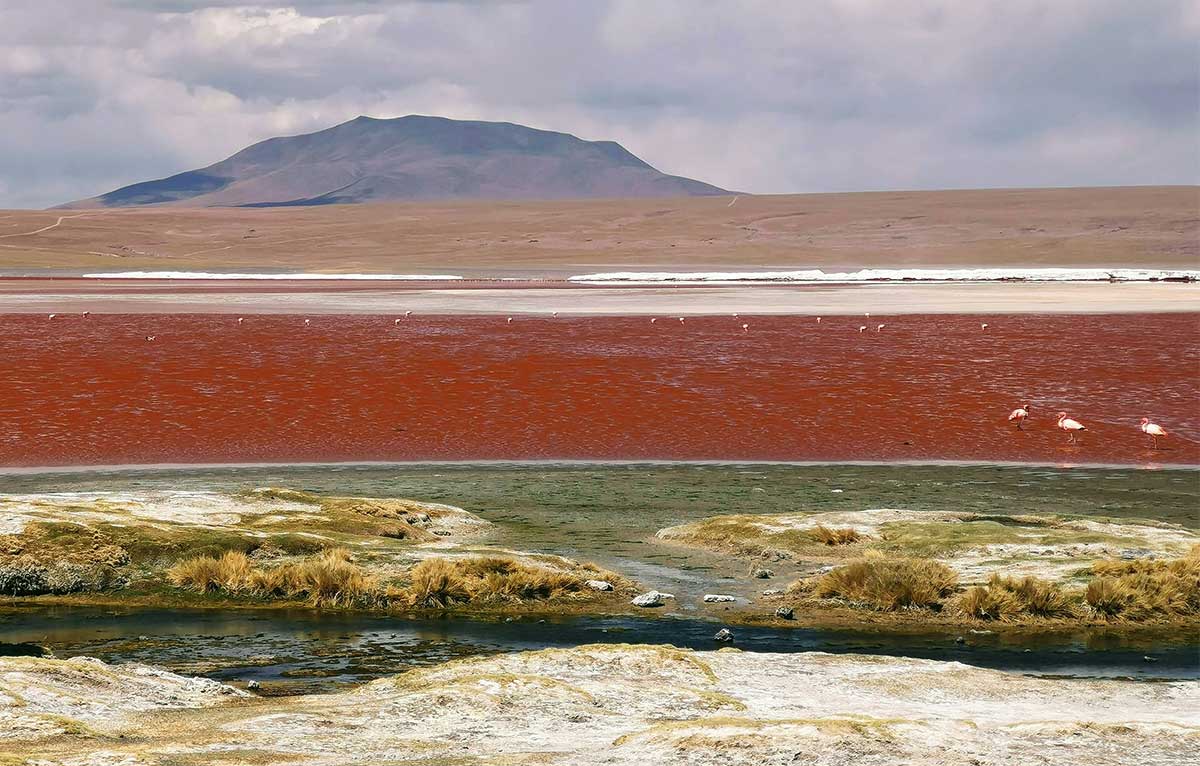
Lake Titicaca and Isla del Sol: rest and spirituality
The lac Titicaca is a magical place where I could recharge. The Isla del Sol offers beautiful hikes and a peaceful atmosphere. I recommend spending at least one night on the island to enjoy spectacular sunrises and sunsets.
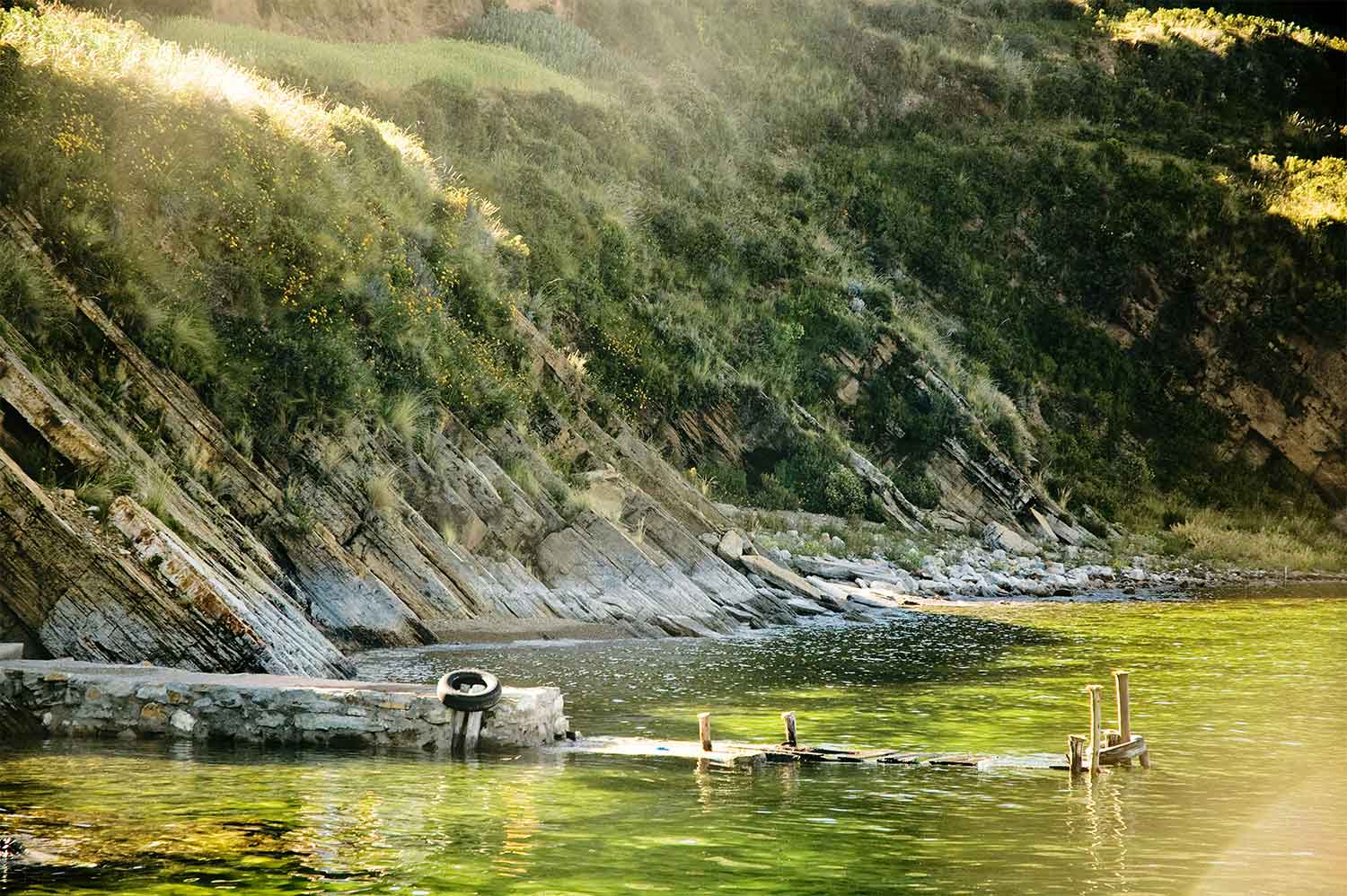
Bolivian Amazon: embarking on a solo adventure?
Capybaras, caimans, monkeys, and maybe even an anaconda will be there! I loved the night hike, which allowed me to observe impressive spiders and other nocturnal creatures. Comfort-wise, it's rustic but totally bearable, especially when you remember you're in the heart of the Amazon rainforest!
Practical Tips for a Great Solo Experience
Learn the basics of Spanish
Respecting local customs is key. I learned to dress appropriately, especially in rural areas. Taking part in local festivals and traditional markets helped me better understand and appreciate Bolivian culture.
To connect with others without compromising my safety, I joined guided tours, local cooking classes, and hostel-organized activities. Travel apps for meeting other travelers can also be helpful — but it’s always best to meet in public places and trust your instincts.
And to keep the Latin American adventure going:
Costa Rica: tourism & safety — because a well-planned trip is a more peaceful one.
TRAVEL| ADVENTURE| ROAD TRIP
The editorial team:
Whether you are an avid traveller or a first-time adventurer, all NomadSister editors are passionate about travel. They share their advice and experiences with the desire to give you wings!
Who are we?
